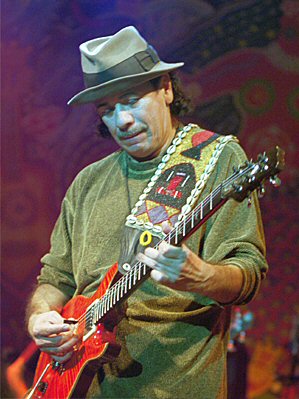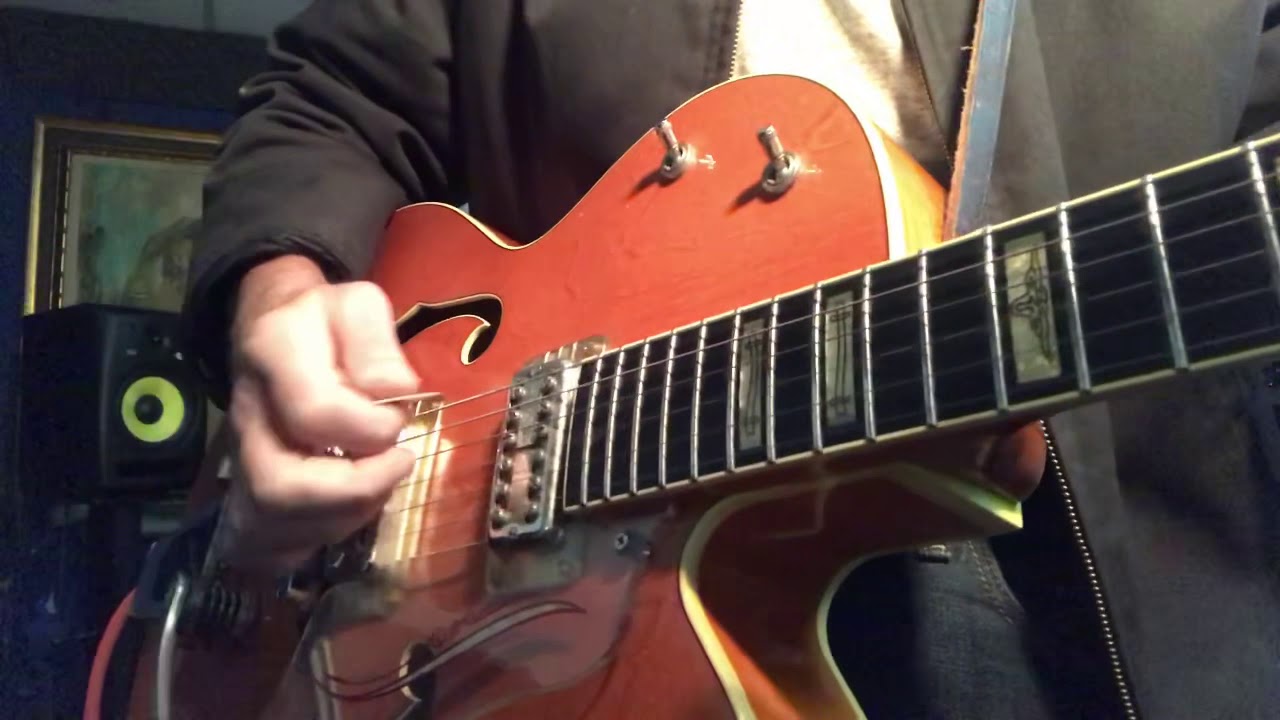# The Evolution of Carlos Santana’s Music
When you think of legendary musicians, Carlos Santana is a name that undoubtedly comes to mind. Known for his unique blend of rock, Latin music, blues, and jazz, Santana has carved a niche for himself in the world of music. His journey from a young guitarist in Mexico to a global icon is a testament to his talent and resilience. In this article, we’ll explore the evolution of Carlos Santana’s music and how he has managed to stay relevant in the ever-changing music industry.
Early Years and Influences
Carlos Santana was born in Autlán de Navarro, Jalisco, Mexico, in 1947. From a young age, he was exposed to a variety of musical styles, thanks to his father, a mariachi musician. This early exposure laid the foundation for his eclectic musical taste.
Santana’s family moved to San Francisco in the early 1960s, a time when the city’s music scene was booming. Influenced by artists like B.B. King and John Lee Hooker, Santana developed a love for blues music, which would later play a significant role in his sound.
Formation of Santana Band

In 1966, Carlos Santana formed the Santana Blues Band, later shortened to just Santana. The band quickly gained popularity in the local music scene, known for their electrifying live performances. Their big break came in 1969 when they performed at the iconic Woodstock Festival. This performance catapulted them to national fame, and soon after, they released their debut album, “Santana.”
The album was a success, with hits like “Evil Ways” showcasing their unique sound—a mix of rock, Latin percussion, and jazz influences. This fusion would become Santana’s signature style, distinguishing them from other bands of the era.
Musical Innovation and Experimentation
The early 1970s were a time of experimentation for Santana. Albums like “Abraxas” and “Santana III” solidified their place in rock history, with hits like “Black Magic Woman” and “Oye Como Va” becoming timeless classics. These songs not only highlighted Santana’s exceptional guitar skills but also demonstrated his ability to blend different musical genres seamlessly.
As the decade progressed, Santana continued to evolve. He began incorporating more jazz elements into his music, collaborating with jazz legends like Herbie Hancock and Wayne Shorter. This period of experimentation reached its peak with the album “Caravanserai,” which marked a departure from the band’s earlier, more commercial sound.
Challenges and Comebacks
The 1980s were a challenging period for Santana. The music industry was changing rapidly, and the band’s popularity began to wane. However, Carlos Santana’s passion for music never diminished. He continued to release albums and tour, maintaining a loyal fan base.
The 1990s marked a significant comeback for Santana. In 1999, the release of the album “Supernatural” brought them back to the forefront of the music scene. The album featured collaborations with artists like Rob Thomas and Wyclef Jean, resulting in a fresh, contemporary sound that appealed to a new generation of listeners.
“Supernatural” was a massive success, winning nine Grammy Awards, including Album of the Year. The hit single “Smooth,” featuring Rob Thomas, became one of the defining songs of the era.
Legacy and Influence
Carlos Santana’s impact on music is undeniable. His ability to blend different genres has inspired countless musicians and has paved the way for future generations of artists. His signature sound, characterized by soulful guitar solos and Latin rhythms, remains as influential today as it was when he first burst onto the scene.
Beyond music, Santana has also made a mark in the fashion world. Known for his distinct style, Carlos Santana hats and dress shoes have become iconic in their own right. The “Carlos by Carlos Santana” shoe line reflects his unique sense of style, offering a range of fashionable footwear options.
Carlos Santana’s Net Worth in 2024
As of 2024, Carlos Santana’s net worth is estimated to be substantial, a testament to his enduring success and influence in the music industry. His career spans over five decades, during which he has released numerous albums, won multiple awards, and performed countless live shows around the world.
Conclusion
Carlos Santana’s musical journey is a testament to his talent, innovation, and resilience. From his early days in Mexico to his rise as a global music icon, Santana has continually evolved, adapting to the changing landscape of the music industry while staying true to his roots. His legacy is not just in the music he has created but also in the countless artists he has inspired along the way.
As we look to the future, it’s clear that Carlos Santana’s influence will continue to resonate with music lovers around the world. Whether through his timeless music or his iconic fashion line, Santana’s impact is here to stay.
Cover Photo Credit”File:Carlos Santana 2.jpg” by Carlos Santana.jpg: Jaud derivative work: Yarl is licensed under CC BY-SA 3.0








